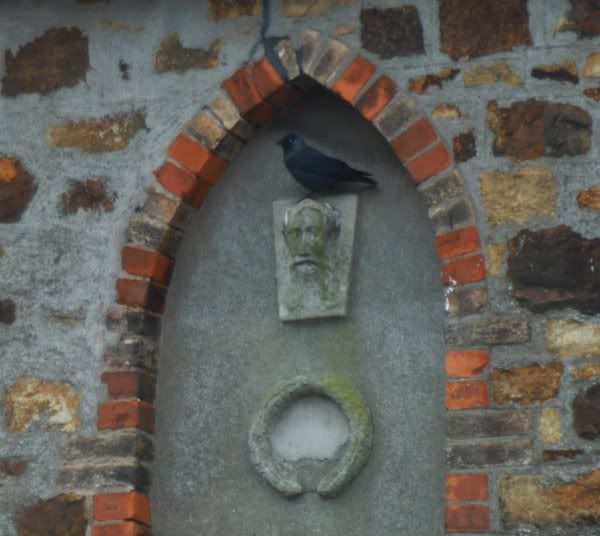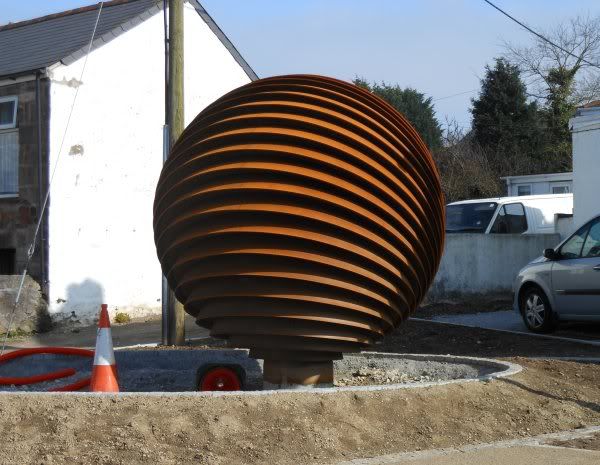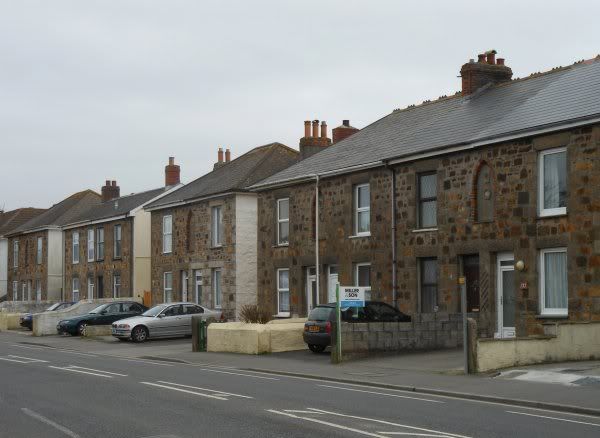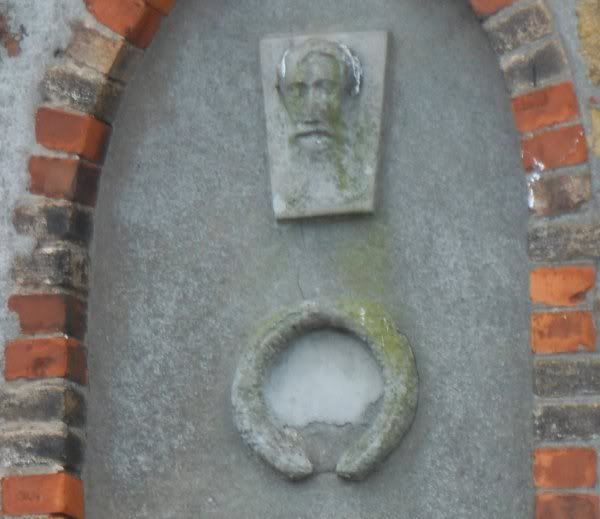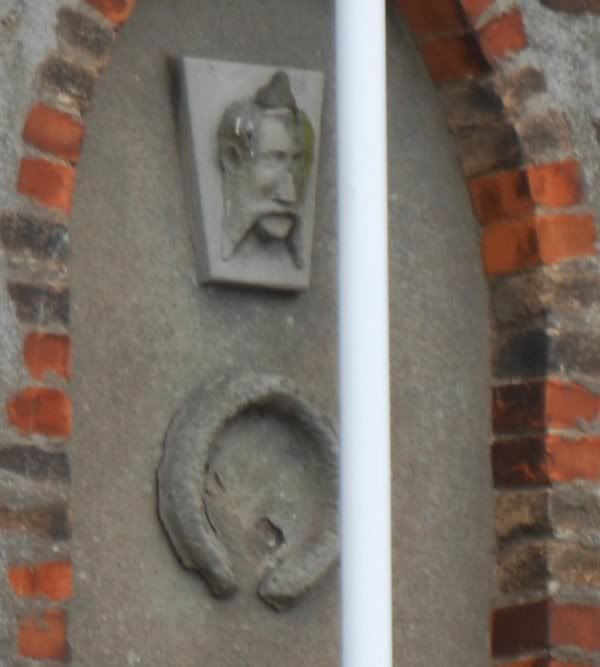My detective work continues: went to the Cornish Studies Centre, and spoke to the bearded young man at the desk, showing him my pic of old Beaky Muttonchops. Unfortunately the young man is very softly spoken and I'm half deaf, so the communication could have been better, but he did pull up some maps on his computer.
There were no houses in the area in 1840, but there were some by 1880, including (I think) the houses in question, which narrows things down a bit. I'd like to have spent more time with the maps, but I didn't want to take up too much of his time - I can always go back.
As I left CSC for the bus stop, I realised that just two doors away there was a branch of the estate agents selling the house! I spoke to a young lady in there, and showed her old Beaky, but she didn't know who he was either. She knew of the house, which is in Agar Road, but it was put on the market by their Camborne branch, and she gave me their number.
I've just rung them, but the girl who answered didn't know about the faces, but she said she would ask around and get back to me if anyone had some information.
So that's where it stands at present, except that mining may well be involved. The house is within walking distance of the old East Pool Mine, now a Visitor Centre.
East Pool mine (later known as East Pool and Agar mine), was a metalliferous mine in the Camborne and Redruth mining area, just east of the village of Pool in Cornwall, England. Worked from the early 18th century until 1945, first for copper and later tin, it was very profitable for much of its life. Today the site has two preserved beam engines and is part of the Cornwall and West Devon Mining Landscape World Heritage Site
http://en.wikipedia.org/wiki/East_Pool_mine
Just to reinforce the mining connection, the building between CSC and the estate agent used to be the Mining Exchange:
http://www.cornwall-calling.co.uk/mines ... change.htm
All three are visible from the bus stop just across the road!
Coincidentally, the estate agent's (under a different name, and over ten years ago) provided me with photocopies of some old maps of Camborne when I was researching a haunted house there! What goes around comes around! 8)


